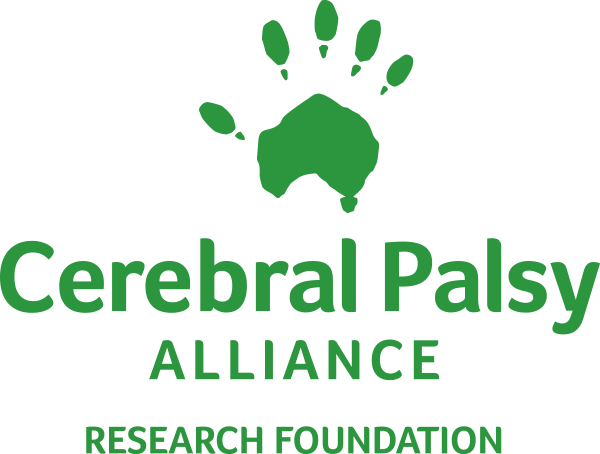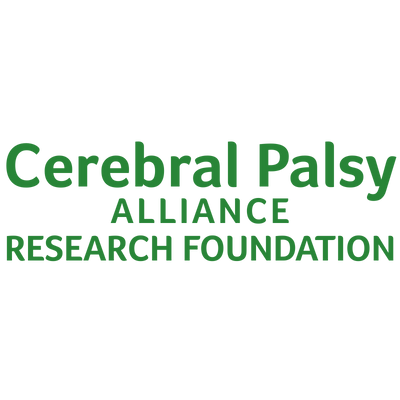
DISABILITY & CULTURE: Gregory's Take, Part II
The Evolution of Disability Representation in Disney’s Animated Films
By Gregory Moomjy
It is also important to realize that in both the film and the original story, she pays a steep price for what she wants. In the fairytale, beyond simply losing her voice, the price for failing to secure the Prince’s love is eternal damnation. Unlike in the movie, the Prince’s feelings are left ambiguous. By contrast, in the movie it is very clear that Prince Eric has an interest in Ariel. When he throws her aside to marry Ursula, it is because he is hypnotized. However, Prince Eric’s fairytale counterpart treats the mermaid more as a pet than a lover; even going so far as to place a bed for her in the hallway next to his bedroom door.
Anderson’s fairytale also goes into detail about what it is like for the mermaid to live on land. He describes the intense pain the mermaid feels when she learns to walk. Even though the Disney film does not go into this level of detail, it is clear that she sacrifices a lot for a goal that is in some ways very unfocused. Her big song “Part of your World,” leaves her motivations ambiguous; does she truly desire the love of Prince Eric? Or does she simply want to be human as symbolized by the ability to walk on two legs unassisted?
Additionally, the fact that Ariel loses the ability to speak about a third of the way through the movie causes a fundamental shift in her personality. As a mermaid, she is daring; she rescues Prince Eric from drowning. As a non-verbal human living at court, she lacks personality. She does not really exhibit her own independence until she crashes Eric’s wedding and breaks Ursula’s spell. Finally, in the end it is her father, King Triton — and not Ursula — who gives her the enduring ability to walk. This not only means that he was capable of bestowing the ability to walk all along, but it makes the movie follow an old trope of disability representation in the arts dating back to the 19th century. Namely, the narrative of overcoming one’s disability. Although at the end of the film we can rejoice with Ariel that she has found true love, the implications are that now that she can walk just like any other human, she can live with her husband on land. She is therefore fully integrated into able-bodied society.
With 1991’s Beauty and the Beast, we begin to see hints of Disney’s progression towards characters who live an interabled existence. This film tells the story of a young prince whose selfishness causes an enchantress to turn him into a beast, while all of his servants become magically animated household objects. The only chance he has of breaking the curse is to find someone to love him for who he is. Otherwise, he is doomed to remain a beast forever. The metaphor here is obvious: true worth comes from within, and not what is on the surface. However, the film’s representation of disability is more complex than that.
The story comes from French literature, but has its roots in actual historical events. Pedro Gonzales was an orphan boy with hypertrichosis, which causes the body to grow hair uncontrollably, living on the border between France and Spain. Pedro was taken to the court of the French King to live as part of his majesty’s menagerie. As an adult, he was allowed to marry one of the court ladies. While it might not have originally been a love match, historians like to examine portraits from later in their marriage, looking for signs of affection. However, the search for love overlooks an aspect of their marriage that is truly horrifying. In a sense, it was a royal science experiment. Unlike Pedro, his wife did not have hypertrichosis, and the court planned the marriage to see if his children would also have uncontrollable hair growth. And indeed, some of them did.
French literature took these actual historical events and made them into a love story. Disney in turn then took that story and turned it into a movie about building relationships. This theme goes beyond the central relationship between The Beast and his captive love-interest, Belle, to include the relationships between The Beast and his servants, as well as between the servants themselves. Since the servants are forced to live in a new reality as household objects, they have to recalibrate their skills to accommodate their new bodies. Belle does not appear at the castle until the eve of The Beast’s 21st birthday. As a result, the inhabitants of the castle had at least ten years to get used to their “new” lifestyles. Consequently, by the time Belle meets The Beast, the servants are fully capable of taking care of their master and keeping up with maintenance of the castle in their altered states.
The Hunchback of Notre Dame (1996) marks a turning point in Disney’s representation of disability. Based on the novel by Victor Hugo, all of the main characters in this film are some forms of outcast. Quasimodo is a hunchback. While it is problematic that his name is Latin for half-formed, that is a discussion for a separate article. For now, it is enough that he is the first Disney character to have a physical disability that is neither mythological nor caused by magic. Furthermore, his love interest, Esmeralda, identifies as Romani. Lastly, the villain Frollo, is an oppressive ecclesiastical Minister of Justice struggling with his sexual desire for Esmeralda. All these characters have to live within unique limitations imposed on them by society. While at the end it may be disappointing to see Quasimodo not end up with Esmeralda, at least his disability remains a part of him throughout the entire movie and it is not cured by magic.
Gregory Moomjy is a musicologist and journalist based in New York City. He is co-founder and artistic director of Opera Praktikos, a company dedicated to making sure the disabled community has access to and representation in Opera.
*Gregory's story is part of DISABILITY & CULTURE — a series that uses the disabled lens, including personal experience, to examine social and cultural topics.
The DISABILITY & CULTURE series shouldn't be read or construed to contain any medical advice or medical endorsement by Cerebral Palsy Alliance Research Foundation. Only you and your doctor know what's best for you. Please consult your doctor for medical advice.
Fri 05 Dec 2025
An update on one of our most important initiatives: expanding access to life-changing assistive technology for Native Americans with disabilities.
Fri 10 Oct 2025
We’re thrilled to share an exciting milestone from CPARF’s Changemakers Program — our inaugural community-voted research study has been selected!



